目次
スターリンが生まれ育った町、ジョージア(旧グルジア)ゴリの驚くべき荒くれっぷりと読書家スターリンの誕生 スターリン伝を読む⑺
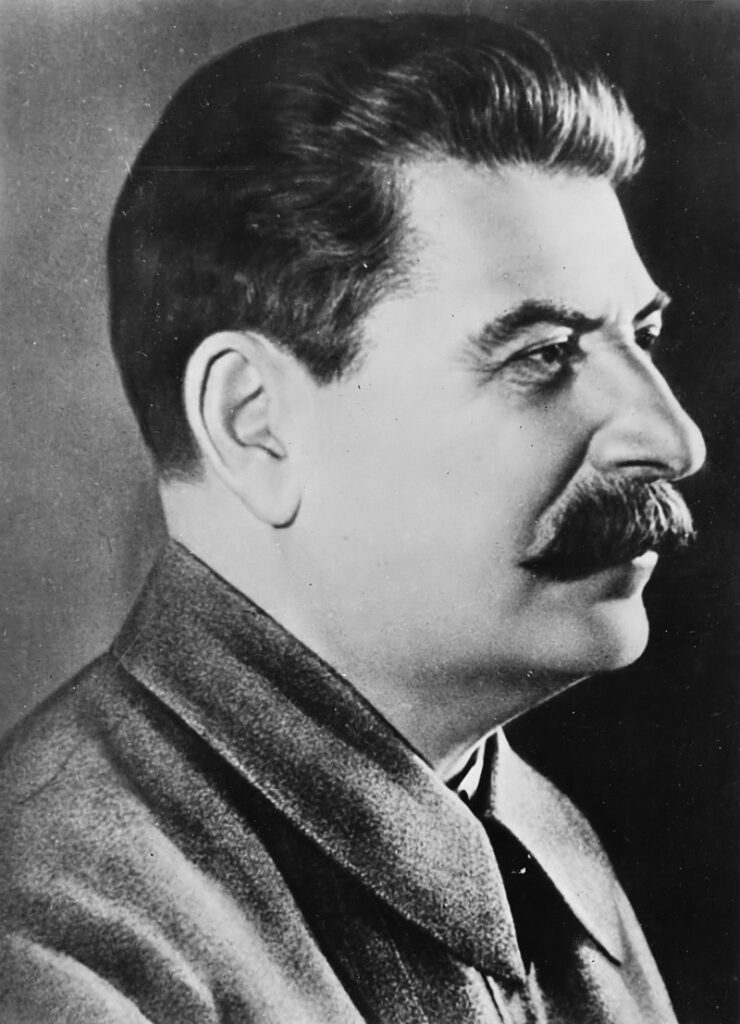
ヨシフ・スターリン(1878-1953)Wikipediaより
「スターリン伝を読む⑹」からはサイモン・セバーグ・モンテフィオーリ著『スターリン 赤い皇帝と廷臣たち』の続編にあたります『スターリン 青春と革命』を読んでいきます。こちらは続編ではありますが時系列からいうと前作の前に当たります。
では、早速始めていきましょう。
ソソ(スターリン)が子供時代を過ごしたグルジア(ジョージア)のゴリという町
ソソは典型的なゴリっ子だった。というのは、ゴリの住人たちはグルジア中に「マトラバジ」(大ロたたきの乱暴な悪党)として悪名をとどろかせていたからである。
ゴリは「絵になるような野蛮な慣わし」を続ける最後の町の一つだった。それは飛び入り自由の街頭乱闘で、特別のルールはあったが、禁じ手がなかった。どんちゃん騒ぎと祈りと喧嘩はみな、酔っ払った坊さんたちが仲裁役を務めるということで相互につながっていた。ゴリの居酒屋は、手に負えない暴力と犯罪のシチュー鍋だった。
ロシアとグルジアの行政当局は、中世グルジアが絶えず戦争をしていた時代に軍事訓練として始まった、この怪しげなスポーツを禁止しようと試みた。
ロシア軍の兵舎があったにもかかわらず、「ブリスタフ」(地元警察署長)のダヴリチェヴィと、そのわずかな警官ではほとんど対処できなかった―ゴリの手に負えない無法状態を鎮めることは誰にもできなかったのである。
殴り合いの最中、馬たちが急に駆けだし、馬車が街路上の子供たちを轢き倒すのも無理はなかった。
心理歴史学者たちはスターリンの発達の多くを酔っ払いの父親のせいにしている。しかし、この街頭乱闘の文化も同様に形成要素だった。
※一部改行しました
白水社、サイモン・セバーグ・モンテフィオーリ、松本幸重訳『スターリン 青春と革命の時代』P85-86
スターリンはグルジア(ジョージア)のゴリという街に生まれました。
このゴリという街がとにかく強烈です。この後も引用しますがとてつもない荒くれものたちの巣窟だったのです。
ソソの父は貧しい靴職人で酔って彼に暴力を振るう男でした。この父による暴力がスターリンの人生を決定づけたとされることが多いのですが、著者はそれだけではなくゴリのような環境要因も強力に働いていると指摘しています。
※2023年7月14日追記
私は2022年9月にスターリンの故郷ゴリにあるスターリン博物館を訪問しました。その時の体験を以下の記事でお話ししていますのでぜひこちらもご参照ください。
あわせて読みたい
(21)スターリンの生まれ故郷ジョージアのゴリへ~スターリン博物館で旧ソ連の雰囲気を感じる
私がジョージアにやって来たのはトルストイを学ぶためであることを前回の記事でお話ししました。
ですが、せっかくジョージアに来たのならどうしても行きたい場所がありました。
それがスターリンの生まれ故郷ゴリという町です。
この記事ではスターリンの若き時代やスターリン博物館を訪れた私の体験をお話ししていきます。
ゴリの荒くれっぷり
路上乱闘、レスリング大会、そして学校生徒の喧嘩合戦が、ゴリの勝負の三大伝統だった。
子供に至るまでどの家の男たちも、ワインを飲み、歌いながら、夜になるまで町を練り歩いた。本当の楽しみが始まるのはそれからである。
この「フリースタイル・ボクシングの勝負」―「クリヴィ」は「ルールのある集団対決」だった。最初に三歳の男児たちがほかの三歳の男児たちと取っ組み合った。
次は子供たちが格闘した。その次は十代の少年たちが闘い、最後は大人の男たちが「信じられないような乱闘」をおっぱじめるのだった。その頃までに町は完全に収拾がつかなくなっていた。その状態は翌日まで持ち越された―学校でさえも、クラスとクラスが闘った。商店はしばしば略奪された。
ゴリの人気スポーツは、強豪たちによるグルジア・レスリング、「チダオバ」の試合だった。勝負は旧約聖書のゴリアテの物語にどこか似ていた。試合は特別に高くしたリングで「ズルナ」の伴奏に合わせて行なわれた。これは貴賎貧富、宗教、民族にかかわりなく実力だけが物をいう勝負だった。
地元の地主アミラフヴァリ侯爵のような裕福な貴族、商人、そして各村までも、お抱えの強豪選手を出場させた。これらの強豪たちはとても尊敬されていたので、話しかける時には「パラヴァニ」という称号が使われた。
スターリンの代父エグナタシヴィリ自身、強豪三兄弟の一人だった。今や年をとり、そして金持ちだったので、「パラヴァニ」エグナタシヴィリはお抱えの強豪選手たちを出場させていた。老年になってからも、スターリンは代父の格闘技の勝利をまだ自慢していた。
※一部改行しました
白水社、サイモン・セバーグ・モンテフィオーリ、松本幸重訳『スターリン 青春と革命の時代』P87-88
小さな子供から大人まで街中で何でもありの乱闘を繰り広げるのが伝統という、現代日本に住む私たちには想像を絶する世界がそこにはありました。
そしてここで重要なのは「貴賎貧富、宗教、民族にかかわりなく実力だけが物をいう」価値観があり、強さを追い求める精神性がこの街では特に求められたということです。
こうした中で育った人間と秩序と優しさを重んじる環境で育った人間とではだいぶ人間の性格が変わってくるというのは想像ができますよね。
今回引用した箇所の最後にスターリンの代父が出てきましたが、暴力を振るう父親はあまりに危険なためスターリン家から引き離されることになっていたのです。ですが母だけですと経済的に厳しかったため、実質的な代父としてエグナタシヴィリがスターリン家を支援することになっていたのでありました。
ちなみにスターリンの母ケケは美人で有名で、なおかつ気さくで真面目な人だったそうです。そしてスターリンを溺愛する教育ママでした。ケケはスターリンを神父にしたいと考え、彼に教育を授けたのでありました。その教育によってスターリンは教養を手にし、後に独裁者となるなどとはまったく想像もつかなかったことでしょう・・・
読書家スターリン
神学校に進んだスターリン。ロシア朝廷があった当時、神学校ではマルクス主義の本は革命的であるとして読むのを禁止されていました。
さらに、神学校ということで規律も厳しく、そういった類の本を読まないよう「黒点」とあだ名される厳しい職員によって常に監視されていました。
スターリンはヴィクトル・ユゴーの小説、とくに『一七九三年』を発見した。その主人公、革命派の僧侶シムールダンは彼の原型の一つになるだろう。しかし、ユゴーは神学校の教師たちから厳禁されていた。
夜になると、「黒点」が廊下を巡回し、消灯されているか、読書をしていないか、あるいはほかの自堕落な悪徳にふけっていないか、絶えず点検していた。彼がいなくなるとたちまち生徒たちはロウソクを点け、読書を再開した。
ソソはその典型で、「読書をしすぎて、ほとんどまったく眠らず、目がショボショボしていて顔色が悪かった。彼が咳をし始めると」、イレマシヴィリが「彼の手から本を取り上げ、ロウソクを吹き消した」。(中略)
若いスターリンは、急進的な若者たちの間でセンセーションを巻き起こしたロシアの作家たちから、さらにもっと影響を受けた―ニコライ・ネクラーソフの詩とチェルヌイシェフスキーの小説『何をなすべきか』である。
後者の主人公ラフメートフはスターリンにとって断固たる禁欲主義的革命家の原型になった。ラフメートフと同じように、スターリンは自分を「特別の人間」と見なすようになった。
まもなくスターリンは、別の禁書を読んでいる現場を「学校の階段の上で」取り押さえられ、そのために「校長命令で、監禁室への時間延長収容と厳しい叱責」を受けた。
彼は「ゾラを崇拝していた」。このパリ作家の小説で彼のお気に入りは『ジェルミナール』だった。彼はシラー、モーパッサン、バルザック、サッカレーの『虚栄の市』を翻訳で、プラトンをギリシャ語の原典で読み、ロシア史とフランス史を読んだ。
そしてこれらの本をほかの生徒たちに回した。彼はゴーゴリ、サルティコフ=シチェドリン、チェーホフを熱愛し、その作品を暗記した。そして「暗唱することができた」。
トルストイに感嘆したが、「そのキリスト教には退屈した」。後年彼は、贖罪と救済に関するトルストイの瞑想のかたわらに「ハハハ」と書きなぐることになる。
革命の陰謀と裏切りに関するドストエフスキーの傑作『悪霊』の一冊にはたくさん印をつけた。
これらの本は神学生たちのサープリスの下にくくりつけてひそかに持ち込まれた。後にスターリンは冗談で、これらの本の何冊かは革命のために書店から「収奪」(万引き)しなければならなかったと語った。
※一部改行しました
白水社、サイモン・セバーグ・モンテフィオーリ、松本幸重訳『スターリン 青春と革命の時代』P121-123
若きスターリンの恐るべき読書欲がここからうかがわれます。彼は晩年にいたるまで読書を続け、その教養は一流の文化人にも匹敵するほどだったそうです。
そしてスターリンが読んでいた本というのも興味深いですね。
チェルヌイシェフスキーの『何をなすべきか』はレーニンも彼のバイブルとして愛読していました。スターリンも同じようにこの書物から多大な影響を受けていたようです。
あわせて読みたい
(4)革命家のバイブル、チェルヌィシェフスキーの『何をなすべきか』に憧れるレーニンとマルクスとの出...
レーニンは兄の処刑によって革命家の道に進むことになりました。しかし最初からマルクス主義者として出発したのではありませんでした。彼はまずチェルヌイシェフスキーに傾倒します。
ユゴーの『一七九三年』、ゾラの『ジェルミナール』はこのブログでも以前紹介しました。
あわせて読みたい
ユゴー『九十三年』あらすじと感想~人間愛はすべてに勝るのか!フランス革命期の混乱を描いたユゴー渾...
1793年は1789年に始まったフランス革命が進み、フランス国王ルイ16世がギロチンで処刑され、ロベスピエール、マラ、ダントンなどによる恐怖政治が始まりだした年でありました。
自由・平等・友愛を掲げた革命が、その革命を守るために今度は互いに互いを敵だと密告し合いギロチン送りにする恐怖の時代に突入する恐るべき時代だったのです。
ユゴーはそんな悲惨な内紛が起こっていた1793年を題材にこの小説を書き始めます
あわせて読みたい
ゾラ『ジェルミナール』あらすじと感想~炭鉱を舞台にしたストライキと労働者の悲劇 ゾラの描く蟹工船
『ジェルミナール』では虐げられる労働者と、得体の知れない株式支配の実態、そして暴走していく社会主義思想の成れの果てが描かれています。
社会主義思想と聞くとややこしそうな感じはしますが、この作品は哲学書でも専門書でもありません。ゾラは人々の物語を通してその実際の内容を語るので非常にわかりやすく社会主義思想をストーリーに織り込んでいます。
マルクス主義を信ずるということは科学や合理性を重んじることにつながります。そうした面でもゾラの作品と融和性があったのかもしれません。実際、『ジェルミナール』は抑圧された労働者の戦いの物語ですので、マルクス主義者にも非常に好まれた作品でした。
バルザックやシラー、ゴーゴリなどはドストエフスキーがたどった道であるようにやはりロシアの読書家の王道のパターンなのでしょう。そして若きスターリンと同時代人のチェーホフを好んでいたという点も興味深いです。
あわせて読みたい
バルザック『ゴリオ爺さん』あらすじと感想―フランス青年の成り上がり物語~ドストエフスキー『罪と罰』...
この小説を読んで、私は驚きました。
というのも、主人公の青年ラスティニャックの置かれた状況が『罪と罰』の主人公ラスコーリニコフとそっくりだったのです。
『ゴリオ爺さん』を読むことで、ドストエフスキーがなぜラスティニャックと似ながらもその進む道が全く異なるラスコーリニコフを生み出したのかということも考えることが出来ました。
あわせて読みたい
シラー『群盗』あらすじと感想~『カラマーゾフの兄弟』に強烈な影響を与えたシラーの代表作!
この作品はなんと、シラーが22歳の年に書かれた作品で、一躍文壇の寵児に躍り出た出世作になります。
そしてこの作品はドストエフスキーが10歳の時、演劇でこの『群盗』を観て生涯忘れえぬ衝撃を受けたとされている作品です。
これは名作です。『カラマーゾフの兄弟』に関心のある人はもちろんですが、そうではない人もシラーのこの作品を読む価値は間違いなくあります。面白い作品です。おすすめです。
あわせて読みたい
ゴーゴリ『鼻』『狂人日記』あらすじと感想~ドストエフスキー『二重人格』に強い影響を与えた「ペテル...
ドストエフスキーはゴーゴリの『狂人日記』、『鼻』の影響を強く受けて彼の二番目の作品『二重人格』を作り上げました。
ゴーゴリの作品を読むことでドストエフスキーが何を言いたかったのかがより明らかになってくるように思えます。
作品としても『狂人日記』、『鼻』は非常に面白いです。シュールな笑いの極みと言ってもいいかもしれません。
シュールな笑いの好きな方はまずはまると思います。
トルストイの作品に対して「ハハハ」と書きなぐり、逆にドストエフスキーの『悪霊』に対してはたくさんの印をつけた。この点もスターリンを知る上で見過ごすことはできません。
あわせて読みたい
ドストエフスキー『悪霊』あらすじと感想~革命家達の陰惨な現実を暴露したドストエフスキーの代表作
この作品の持つ魔術的な力は計り知れません。
あくが強い人物たちが一つの舞台でぶつかり合い、自らの存在を主張し合います。
まさに「悪霊」に憑りつかれたごとく、悪役たちは巧妙にそして残酷に社会を混乱に陥れていきます。その過程があまりにリアルで、読んでいてお腹の辺りがグラグラ煮え立ってくるような感情が私の中に生まれてくるほどでした。
やがてそれは生きるか死ぬかの究極の思想対決へと進んで行き、一体これからどうなるのか、彼らの心の中で何が起こっているのかと一時も目が離せぬ展開となっていきます。
これは恐るべき作品です
※2023年8月15日追記
2023年8月にジェフリー・ロバーツ著『スターリンの図書室』という本が白水社より発売されました。
あわせて読みたい
J・ロバーツ『スターリンの図書室』あらすじと感想~読書という視点から見る斬新なスターリン伝。彼はド...
なぜスターリンは独裁者となれたのか、その背景となったものは何だったのか、それを「読書」という観点から見ていく本書は非常に刺激的です。「読書」というある意味独裁者と結びつきにくいマイナーな切り口から攻めていく著者の勇気には驚くしかありません。
この本はソ連の独裁者スターリンを「読書」という観点から見ていく斬新な伝記です。
なぜスターリンは独裁者となれたのか、その背景となったものは何だったのか、それを「読書」という観点から見ていく本書は非常に刺激的です。「読書」というある意味独裁者と結びつきにくいマイナーな切り口から攻めていく著者の勇気には驚くしかありません。非常に斬新です。
スターリンと読書について考える上でとても興味深い一冊です。ぜひ手に取ってみてはいかがでしょうか。
スターリンと『悪霊』
マルクス主義革命家になりつつあったスターリンは神学校を退学し、ギャングのようになっていきます。
そしてついに彼は銃撃事件に関わることになりました。その結果彼はもう後戻りができないところまで行きつくことになります。
この銃撃が意味したのは、当時よく読まれたニヒリストのネチャーエフの本『革命家の教理問答書』が言っているように、「家族、友情、愛、感謝のための、そしてさらには名誉のためのやさしい感情の一切を、ただ革命活動一途の情熱によって押しつぶさねばならない」新しい時代のスタートだった。
善悪の判断にとらわれない超道徳的な掟―あるいはむしろ掟自体の不在―は、敵味方双方の側によって「コンスピラーツィア」(陰謀)と称されている。
それはドストエフスキーの小説『悪霊』に活写されている「別世界」である。「コンスピラーツィア」を理解せずにソヴィエト連邦自体を理解することは不可能だ―スターリンがこの世界と縁を切ることは決してなかったからである。
「コンスピラーツィア」は彼のソヴィエト国家の、そして彼の心理状態の支配的精神になった。
それ以後、スターリンはピストルをべルトに差して携帯した。秘密警察官と革命テロリストたちはいまやロシア帝国を賭けた決闘で対決するプロの秘密戦士どうしとなった。
※一部改行しました
白水社、サイモン・セバーグ・モンテフィオーリ、松本幸重訳『スターリン 青春と革命の時代』Pった155-156
ドストエフスキーはまさしくこのネチャーエフの危険性を重く見たからこそ『悪霊』を執筆し世に警告したのでありました。
ドストエフスキーはそうした革命家やテロリストがどのように闇の世界に突き進んでいくかを驚くべきリアルさをもって描いています。
スターリンはそこに自分を見出し、それを嫌悪するどころか自分の糧にしてしまったのでありました。
続く
Amazon商品ページはこちら↓
スターリン: 青春と革命の時代
次の記事はこちら
あわせて読みたい
(8)ギャングの統領として圧倒的なカリスマを見せるスターリン~ジョージア裏社会のボスとしての姿とは
秘密警察に追われ、地下に潜伏した「ソソ」ことスターリン。
彼はその類まれなカリスマと指導力でいつしかギャングの統領のような立場になっていました。
スターリンはグルジアの武装組織を指導するまでになっていました。そして単に武装勢力を指導するだけでなく、地域の有力者たちとのつながりまで獲得します。ここまで来ると単に強いだけではなく、圧倒的なカリスマと交渉能力、世の中を読む力がないとできません。この時すでにスターリンは後の姿の片鱗を見せ始めていたのでありました。
前の記事はこちら
あわせて読みたい
(6)スターリンの波乱万丈の青年期~驚くべき力を秘めたカリスマとしての姿がここに
スターリンは若い時から圧倒的な力を持っていました。育ちのいいエリート政治家ではなく、アンダーグラウンドで名の知れたギャングのトップという存在でした。こうした闇の世界でも生き残ることができる強さが混沌としたロシア革命期においてレーニンから信頼を受ける大きな要因となったのでした。
「スターリン伝を読む」記事一覧はこちらです。全部で14記事あります。
あわせて読みたい
ソ連の独裁者スターリンとは~その人物像と思想、生涯を学ぶ「スターリン伝を読む」記事一覧
レーニンに引き続きスターリンも学んできましたが、この二人の圧倒的なスケールには驚かされるばかりでした。
スターリンがこれほどまでの規模で粛清をしていたということすら知りませんでした。
そして、レーニン・スターリンというカリスマ2人によってソ連が形作られ、その後の世界を形成していった流れをここで知ることができました。
関連記事
あわせて読みたい
モンテフィオーリ『ロマノフ朝史1613-1918』あらすじと感想~ロシアロマノフ王朝の歴史を学ぶのに最高の...
私にとってはモンテフィオーリは絶大な信頼を寄せうる歴史家なのですが、今作も安定のモンテフィオーリクオリティーでした。「素晴らしい」の一言です。
ロマノフ王朝の始まりからいかにしてロシアが拡大し、力を増していったのかをドラマチックにテンポよく学ぶことができます。
それぞれの皇帝ごとに章立ても進んでいくので時代の流れもとてもわかりやすいです。
あわせて読みたい
モンテフィオーリ『スターリン 青春と革命の時代』あらすじと感想~スターリンの怪物ぶりがよくわかる驚...
前作の『スターリン 赤い皇帝と廷臣たち』も刺激的でかなり面白い書物でしたが、続編のこちらはさらに面白いです。独裁者スターリンのルーツを見ていくのは非常に興味深いものでした。
彼の生まれや、育った環境は現代日本に暮らす私たちには想像を絶するものでした。暴力やテロ、密告、秘密警察が跋扈する混沌とした世界で、自分の力を頼りに生き抜かねばならない。海千山千の強者たちが互いに覇を競い合っている世界で若きスターリンは生きていたのです。
この本を読めばスターリンの化け物ぶりがよくわかります。
あわせて読みたい
モンテフィオーリ『スターリン 赤い皇帝と廷臣たち』あらすじと感想~ソ連の独裁者スターリンとは何者だ...
この作品の特徴は何と言っても人間スターリンの実像にこれでもかと迫ろうとする姿勢にあります。スターリンだけでなく彼の家族、周囲の廷臣に至るまで細かく描写されます。
スターリンとは何者だったのか、彼は何を考え、何をしようとしていたのか。そして彼がどのような方法で独裁者へと上り詰めたのかということが語られます。
あわせて読みたい
(1)スターリンとは何者なのか~今私たちがスターリンを学ぶ意義とは
スターリン自身が「私だってスターリンじゃない」と述べた。
これは非常に重要な言葉だと思います。
スターリンはソ連の独裁者だとされてきました。しかしそのスターリン自身もソヴィエトというシステムを動かす一つの歯車に過ぎなかったのではないか。スターリンが全てを動かしているようで実はそのスターリン自身もシステムに動かされていたのではないかという視点は非常に興味深いものでした。
独裁者とは何かを考える上でこの箇所は非常に重要であると思います。
あわせて読みたい
(14)レーニンの文学観~ドストエフスキー、トルストイらをどう見たか
レーニンの文学観、芸術観を考える上で彼が保守的な考えを持っていたというのは意外な気がしました。革命家=既存の秩序の破壊というイメージが私にはありました。ロシアのニヒリストは特にそのような傾向があります。ツルゲーネフの『父と子』に出てくるバザーロフというニヒリスト青年はその典型です。
しかしレーニンはそうではなく、保守的な文化観の持ち主だったのです。
この記事ではそんなレーニンの文学観、芸術観を見ていきます。
あわせて読みたい
(3)ロシアの革命家、テロリストの歴史をざっくり解説
1881年の皇帝アレクサンドル2世の暗殺後の2人の皇帝、アレクサンドル3世とニコライ2世の治世はとにかくテロリストによる暗殺が多かったとされています。
この記事ではそんなロシアのテロリストについてお話ししていきます。
あわせて読みたい
V・セベスチェン『レーニン 権力と愛』あらすじと感想~ロシア革命とはどのような革命だったのかを知る...
この本ではソ連によって神格化されたレーニン像とは違った姿のレーニンを知ることができます。
なぜロシアで革命は起こったのか、どうやってレーニンは権力を掌握していったのかということがとてもわかりやすく、刺激的に描かれています。筆者の語りがあまりに見事で小説のように読めてしまいます。
ロシア革命やレーニンを超えて、人類の歴史や人間そのものを知るのに最高の参考書です。
あわせて読みたい
『スターリン伝』から見たゴーリキー~ソ連のプロパガンダ作家としてのゴーリキー
今回は『スターリン伝』という佐藤清郎氏の伝記とは違う視点からゴーリキーを見ていきました。ある一人の生涯を見ていくにも、違う視点から見ていくとまったく違った人物像が現れてくることがあります。
こうした違いを比べてみることで、よりその人の人柄や当時の時代背景なども知ることができるので私はなるべく様々な視点から人物を見るようにしています。
あわせて読みたい
フランスを代表する作家ユゴーとおすすめ作品、考察記事一覧
日本においてユゴーは『レ・ミゼラブル』で有名でありますが、フランスでは大詩人としてのユゴーの存在があり、激動のフランスを生き抜いた指導者としての顔があります。
そして国葬でパンテオンに葬られたことからもわかるように、単なるひとりの作家の域を超えて、フランスを代表する偉人として尊敬を集めている人物であります。
この記事ではユゴーについて書いたこれまでの14記事をまとめています。
あわせて読みたい
マルクス主義者ではない私がなぜマルクスを学ぶのか~宗教的現象としてのマルクスを考える
マルクスは宗教を批判しました。
宗教を批判するマルクスの言葉に1人の宗教者として私は何と答えるのか。
これは私にとって大きな課題です。
私はマルクス主義者ではありません。
ですが、 世界中の人をこれだけ動かす魔力がマルクスにはあった。それは事実だと思います。 ではその魔力の源泉は何なのか。 なぜマルクス思想はこんなにも多くの人を惹きつけたのか。 そもそもマルクスとは何者なのか、どんな時代背景の下彼は生きていたのか。 そうしたことを学ぶことは宗教をもっと知ること、いや、人間そのものを知る大きな手掛かりになると私は思います。
あわせて読みたい
僧侶が選ぶ!エミール・ゾラおすすめ作品7選!煩悩満載の刺激的な人間ドラマをあなたに
世の中の仕組みを知るにはゾラの作品は最高の教科書です。
この社会はどうやって成り立っているのか。人間はなぜ争うのか。人間はなぜ欲望に抗えないのか。他人の欲望をうまく利用する人間はどんな手を使うのかなどなど、挙げようと思えばきりがないほど、ゾラはたくさんのことを教えてくれます。
そして何より、とにかく面白い!私はこれまでたくさんの作家の作品を読んできましたが、ゾラはその中でも特におすすめしたい作家です!
あわせて読みたい
チェーホフおすすめ作品10選~チェーホフは小説も面白い!戯曲だけにとどまらない魅力をご紹介!
強烈な個性で突き進んでいくドストエフスキーは良くも悪くも狂気の作家です。
それに対しチェーホフはドストエフスキーと違ってもっと冷静に、そして優しいまなざしで訴えかけてきます。
私たちを包み込んでくれるような穏やかさがチェーホフにあります。こうしたクールで優しい穏やかさがチェーホフの大きな特徴です。ぜひおすすめしたい作家です!
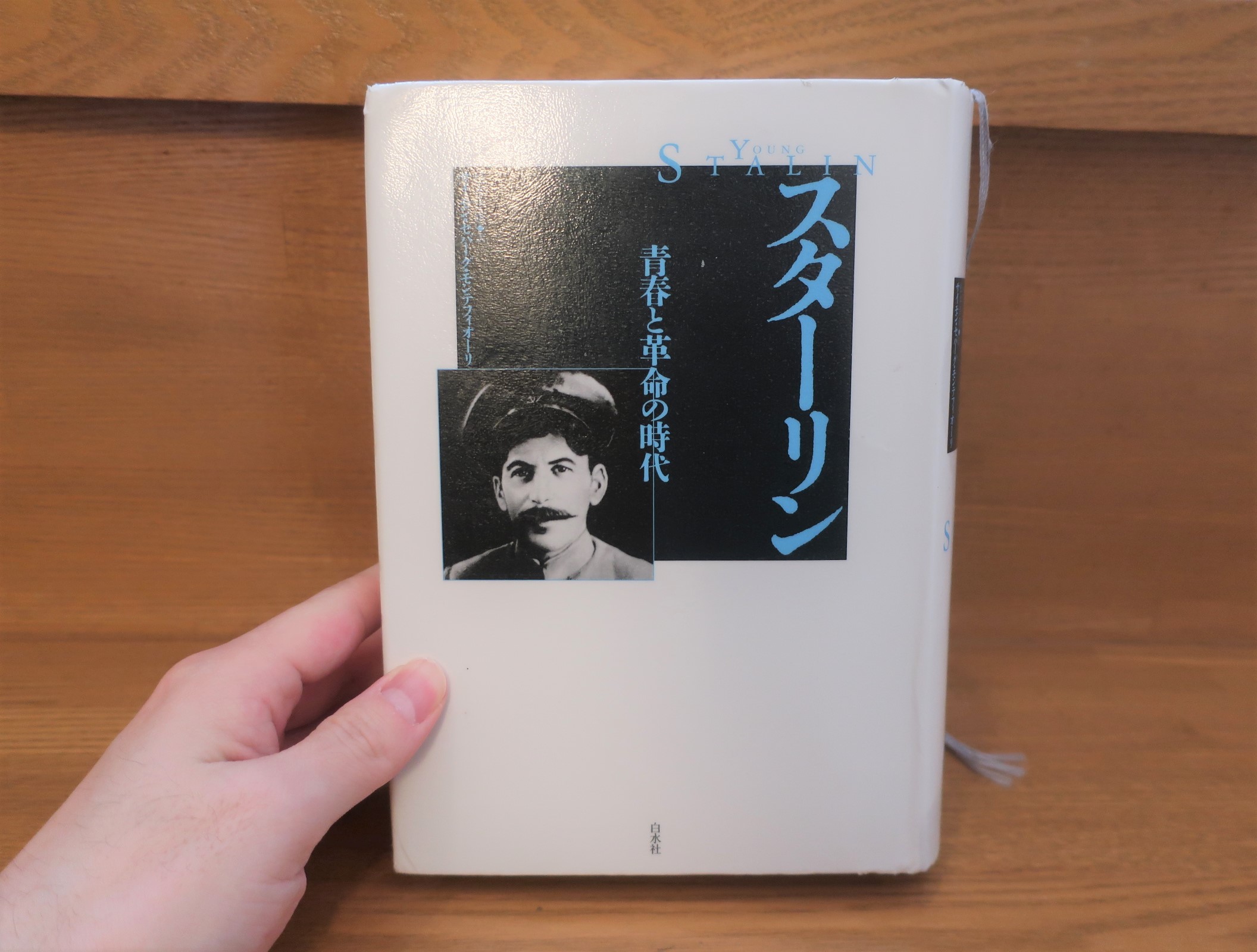

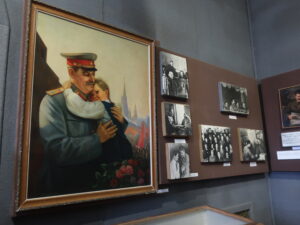
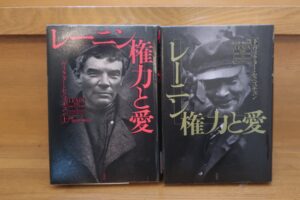
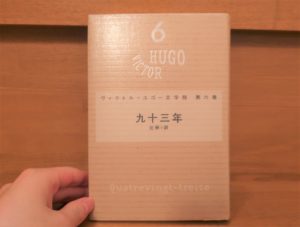
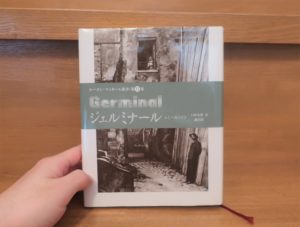
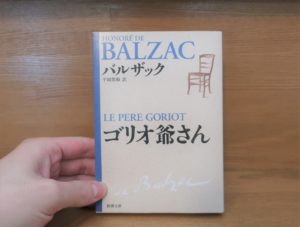
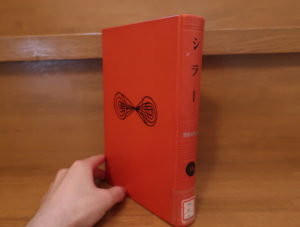

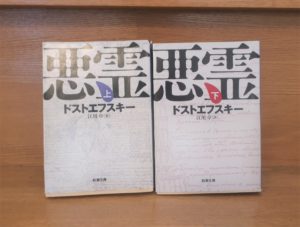
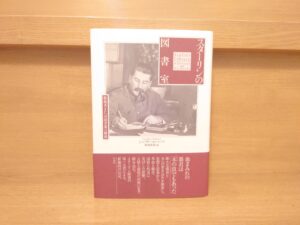
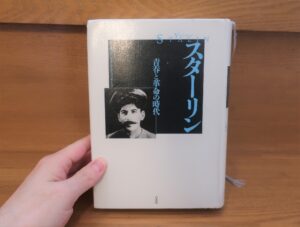

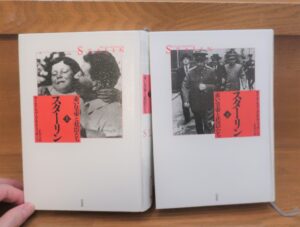
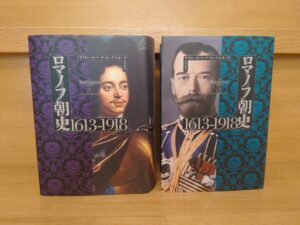







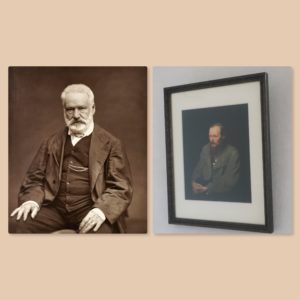
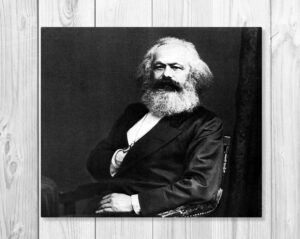
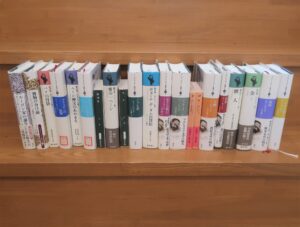
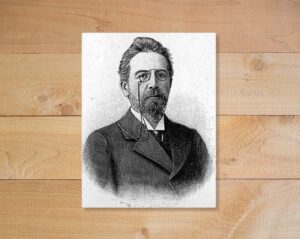

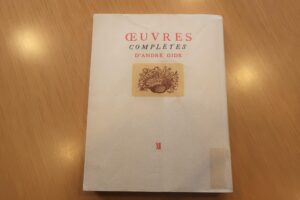
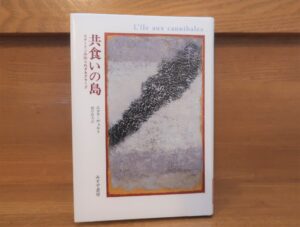
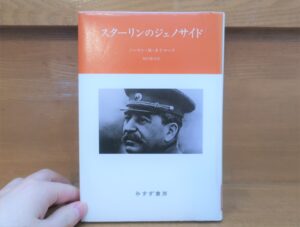
コメント